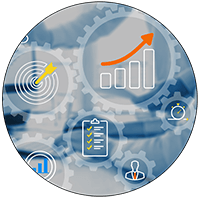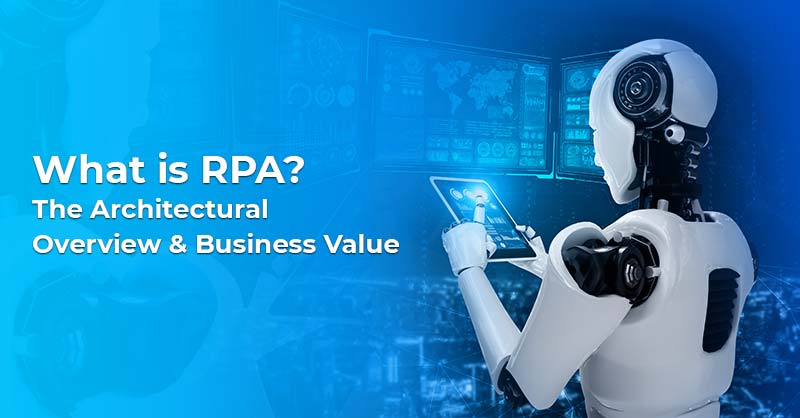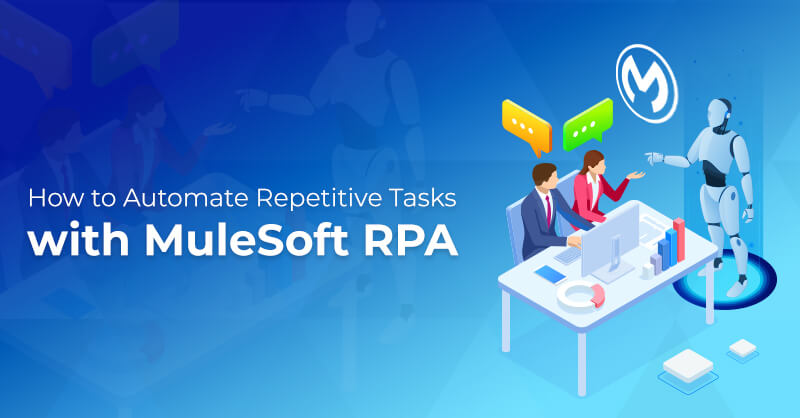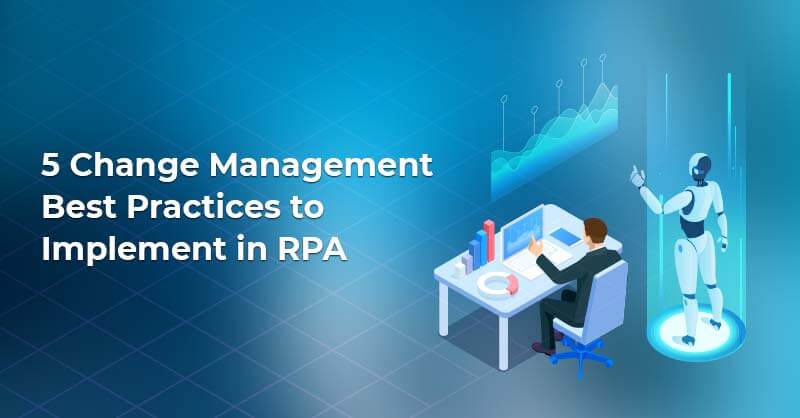How to Succeed Using Enterprise Automation
Written by Afsa Ashraf
Content WriterCompanies have always sought to accomplish tasks more quickly and intelligently. The earliest forms of "automation" consisted merely of outsourcing tasks to BPOs. Companies offering BPM services emerged to aid in the standardization and incorporation of those workflows into the software. These products went to the cloud over the past 20 years, and Robotic Process Automation (RPA) has truly risen to the fore in recent years.
What is Enterprise Automation?
Enterprise automation is the use of technology to generate a fully automated enterprise by simplifying challenging procedures, boosting productivity, increasing operational transparency, and cutting costs. Business process automation (BPA), robotic process automation (RPA), and artificial intelligence (AI)-based technologies are the foundation upon which enterprise automation platform solutions are constructed. Enterprise automation integrates all software systems used throughout a company into a comprehensive ecosystem that is effective and adapted to particular business requirements while maintaining the highest levels of security & digital transformation.
Levels of Enterprise Automation Maturity
Enterprise automation can be established and adapted in three stages:

Operational Processes Automation
Process or workflow automation is the next stage of corporate automation. Here, rather than at the fundamental level, where automation is used to carry out straightforward activities, the automation objectives are business processes that permeate the entire organizational structure of the corporation. Let's look at a quick material supply chain scenario. The system assesses which parts require replacement and creates an order automatically. This is automatically converted into the relevant paperwork for the accounting department. Those in charge just need to sign. The use of such platforms helps the business's processes move quickly and transparently. Implementing processes mining and log data analytics could advance process automation by allowing decision-makers to examine the performance of processes and identify areas for improvement and added automation.

AI-driven Automation
Enterprise automation at this level entails the processing of unstructured data, such as photos, video, and speech, as well as the development of AI-based solutions on top of them to improve worker productivity and influence smarter decisions. They can be employed as an analytical system for vast unstructured datasets to find insights that people are unable to recognize and calculate, or for particular jobs like regulating complicated machinery and processes, where AI functions as a decision-making helper. Self-learning algorithms and the outsourcing of decision-making to AI are the foundations of an advanced level of AI-driven automation. The most straightforward example is automated customer support services, where AI-driven chatbots respond to consumer inquiries while meeting their needs and freeing up staff members' time for unusual instances.

Fundamental Automation
Basic automation refers to the execution of automation tasks inside a workflow that don't call for specialized knowledge. Implementing such solutions in a business is done to centralize and streamline repetitive operations.
At this level of automation, routine operations are carried out automatically, freeing people to concentrate on jobs that are more crucial to the success of the company. Business process management (BPM) and robotic process automation are included at this level of automation (RPA).
Benefits of Enterprise Automation Solutions
Businesses benefit much even from the most basic automation level, which increases in line with the complexity and power of automation software.
- Efficiency: Reducing manual labor streamlines internal operations. A human can do even the simplest task in less than half a second. Software, on the other hand, can accomplish the identical action in hundredths of a second or less and can do it continuously.
- Accuracy: Even the most basic enterprise automation solutions greatly increase accuracy and decrease human error. The algorithm is impervious to distraction and is not susceptible to button errors.
- Productivity: Regardless of the business domain, enterprise automation tools enhance the performance of the entire organization. Automation tools aid in identifying weak and underperforming areas that, when optimized, will save costs and boost output.
- Fault Tolerance: Automation systems, especially those driven by AI, considerably raise the bar for fault tolerance in intricate mechanisms and processes. Algorithms can predict the failure timing and alert workers beforehand by evaluating sensor data, preventing the entire production line from stopping.
- Job Satisfaction: By relieving employees of tiresome and repetitive work, workplace automation software enables them to concentrate on tasks that call for creativity or are unachievable without direct human engagement.
- Added benefits
Reduced approval cycles and faster decision-making
Enhanced process transparency
Continuous processes advancement
Increased workload distribution
5 factors that will assist you to evaluate an enterprise automation solution

Convenience of Implementation
Gartner states that "Major obstacles to implementing a true organizational IT automation strategy include a lack of personnel and skills, cultural resistance, a lack of process and workflow creation expertise, and the perception that consolidating automation tools already in use will be difficult". However, many of these concerns as feasible should be dispelled by the enterprise automation solution's straightforward installation and quick organizational adoption.
Strong Capabilities that are Easy to Use
The time to value must be accelerated by the automated solution. It should make it possible for the IT organization to create and implement end-to-end workflows more quickly and effectively, reducing the requirement for error-prone, pricey bespoke script creation whenever possible and safeguarding the IT company's current script investment. The solution should steer the company in the direction of dynamic automation while continuously addressing shifting business needs.
Automation Level and Capabilities
An enterprise-wide cross-functional solution can manage, coordinate, and carry out business and IT organization activities and tasks. The corporate automation solution should be able to automate business and IT onboarding processes as well as managed file transfers and cloud resource provisioning. Using templates and workflows with clever assistants, your team should be able to create workflows with more intricate logic.
Dimensions of Functional Integrations
The majority of businesses use several automation solutions. Each tool is often controlled by a different person or team, increasing operational costs and reducing IT agility. Organizations will be able to achieve improved efficiency & get greater advantages as a result of being able to integrate and aggregate the automation of important business systems and technology. In order to supply IT and business services, seamless cross-functional automation — the orchestration, management, and execution of processes, activities, and workflows — is essential. In order to lessen the organization's reliance on numerous scripting languages or platform-specific point tools for process automation, the solution should provide direct integration for external applications, databases, and platforms.
Support
The caliber of the vendor's technical support team is one of the factors that is frequently disregarded when assessing and choosing an enterprise automation system. Avoid being caught by high annual support cost increases, outsourced assistance, or slow response times to your problems. Cases should be handled by product specialists directly. For quick communication and shorter resolution times, the Support organization should connect with Engineering without any interruptions.
Summary
With over 90+ bots in operation and 65+ certified personnel, our Royal Cyber RPA professionals are an exceptional team that can provide enterprise automation automation, develop centralized dashboards/control panels, and integrate, and protects key apps. Our team has created innovative solutions for a variety of sectors by collaborating with pioneers in the RPA space like UiPath, Automation Anywhere, and Data Robot. To find out more, read about our innovative solutions and contact us at www.royalcyber.com and contact us at info@royalcyber.com.



